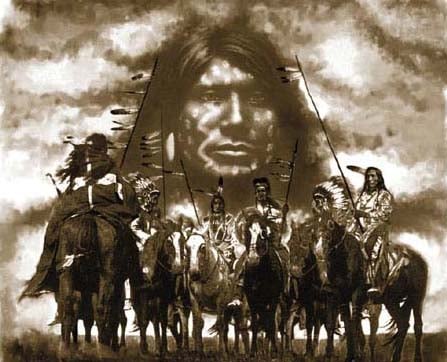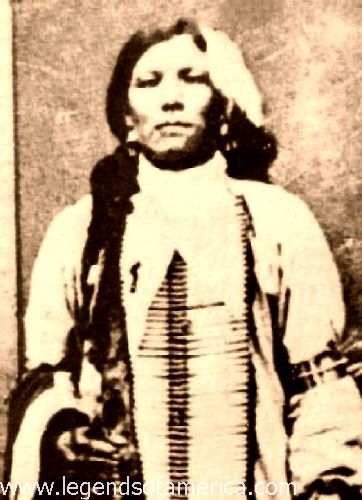Crazy Horse Pictures Biography
Source(Google.com)
Crazy Horse, d. 1877, war chief of the Oglala Sioux. He was a prominent leader in the Sioux resistance to white encroachment in the mineral-rich Black Hills. When Crazy Horse and his people refused to go on a reservation, troops attacked (Mar. 17, 1876) their camp on Powder River. Crazy Horse was victorious in that battle as well as in his encounter with Gen. George Crook on the Rosebud River (June 17). He joined Sitting Bull and Gall in defeating George Armstrong Custer at the battle of the Little Bighorn (June 25). In Jan., 1877, Gen. Nelson Miles attacked his camp, and Crazy Horse and his followers spent the rest of that winter in a state of near starvation. Numbering about 1,000, they surrendered at the Red Cloud agency in May. Imprisoned because he was rumored to be planning a revolt, Crazy Horse was killed while reportedly attempting to escape. His bravery and skill were generally acknowledged, and he is revered by the Sioux as their greatest leader. Near Custer, S.Dak., the Crazy Horse Memorial, depicting the chief mounted on horseback, has been under construction since 1948.
Crazy Horse was born somewhere near present-day Rapid City , South Dakota in 1840. Because his mother died when he was young, Crazy Horse was raised by his father and his mother’s sister. From an early age, he showed signs of greatness and bravery. He was said to have conducted a horse-stealing raid on Crow lands before the age of 13 and led his first war party before turning 20. In the 1860’s, Crazy Horse participated in Red Cloud’s War and helped to destroy a U.S. military brigade at Fort Kearney in 1867.
Crazy Horse is probably best known for his determination in preserving the Lakota (Sioux) way of life. In 1876, after the tribes of the northern plains were ordered to reservations by the U.S. government, the Lakota, Cheyenne , and other tribes resisted. After repelling a surprise attack under General George Crook at Rosebud Creek, Crazy Horse and his Lakota warriors converged upon the 7th Cavalry under General George Custer at Little Big Horn Creek, Montana. Here, he joined forces with Sitting Bull and Chief Gall. Together, the Indian forces massacred Custer and his men in what came to be known as “Custer’s Last Stand.” All 253 American soldiers died in the battle. The battle is probably the most famous battle in American history between Native Americans and the U.S. Military. Following, Little Big Horn, Crazy Horse and his warriors battled the U.S. Military in the Battle of Slim Butte and the Battle of Wolf Mountain. Both battles resulted in significant casualties for the Lakota people. After the Battle of Wolf Mountain, Crazy Horse surrendered on May 5, 1877. He was subsequently detained at Camp Robinson in Nebraska . Although details of his experience at Camp Robinson are varied, Crazy Horse was apparently killed after attempting to escape his captors on September 5, 1877.
Crazy Horse remains one of the most important and mysterious figures in American history. There are no confirmed photographs of Crazy Horse in existence, though there are several photos that may or may not be of the legendary Lakota chief. Today, the Crazy Horse Memorial is under construction in the Black Hills of South Dakota. When completed, it will feature a sculpture of Crazy Horse that measures 641 feet wide and 563 feet high.
Crazy Horse Picture Images Wallpapers Photos 2013

Crazy Horse Picture Images Wallpapers Photos 2013

Crazy Horse Picture Images Wallpapers Photos 2013

Crazy Horse Picture Images Wallpapers Photos 2013

Crazy Horse Picture Images Wallpapers Photos 2013

Crazy Horse Picture Images Wallpapers Photos 2013

Crazy Horse Picture Images Wallpapers Photos 2013

Crazy Horse Picture Images Wallpapers Photos 2013

Crazy Horse Picture Images Wallpapers Photos 2013

Crazy Horse Picture Images Wallpapers Photos 2013

Crazy Horse Picture Images Wallpapers Photos 2013
No comments:
Post a Comment